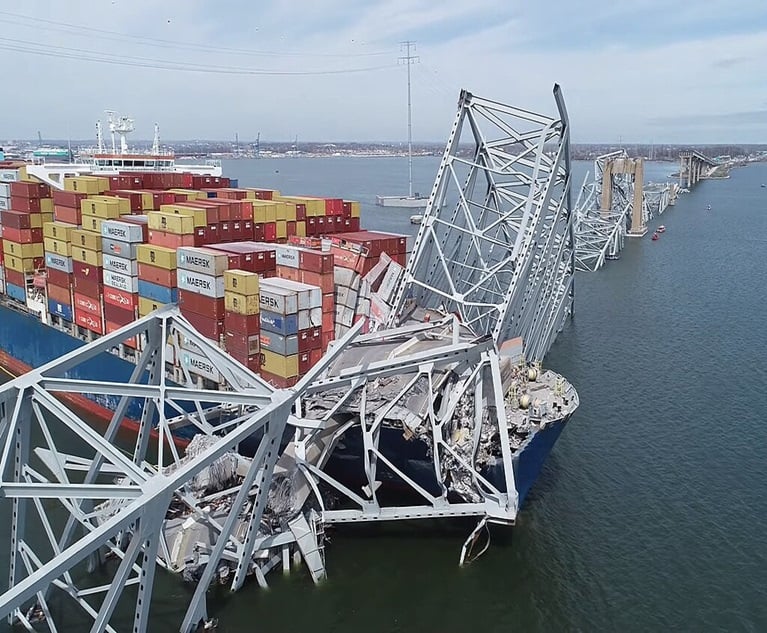Those in the restoration industry are taught in water-damagerestoration schools that soaked building materials are brought tothis state by a leak or a flood. In other words, to a trained andcertified water-damage restoration technician (WRT) or a technicianwho has advanced training and certification in Applied StructuralDrying, wet building materials and contents become water damaged asa result of a flooding condition. To paint a mental picture from awater-damage restoration contractor's perspective, a flood canresult from an upper floor pipe break in which cascading watercomes down stairwells and ceilings.
|So what's the problem? The restoration industry uses one set ofterms and the insurance industry uses another to describe the causeand events leading up to a building's water damage. Did you knowthat the insurance industry does not like the word “flooded,”because it is to be used only in the context of community-wideflooding? Google “building floods” and you will see a shift fromgeological and insurance terms to restoration companies, newsarticles, and legal cases.
|The terms “water damaged” and “flood damaged” are synonymous inthe restoration industry. So the questions is, are wet buildingmaterials water damaged? Or have they been flooded? Both? In thepast year, I made an effort to talk to water-damage restorationcontractors, property claim adjusters, and IICRC teachers aboutflooded buildings. Without letting them know my reasons, I used thewords “flooded” and “water damaged” in the same sentence; theyreplied by using both terms in the same sentence withouthesitation. Not one of them corrected me for misusing the word“flooded.” To further test my hypothesis, I attended variouswater-damage restoration schools across the U.S. and U.K., where Ifound school educators and students using these termsinterchangeably and without objection.
|To some insurance adjusters, if you describe a building as beingflooded, that means the building has to have flood insurance underthe National Flood Insurance Program (NFIP) in order to be covered.That means a water-damaged building that is flood damaged becauseof an interior pipe or an exterior roof failure is not “flooded” or“flood damaged” under the strict use of insurance terms. Confused?Wait, it only gets better.
||Insurers, including Liberty Mutual via their web site, “[do] notcover flood damage. And not having flood insurance is like leavingthe house without your umbrella — you could get caught in the rain.Think you are safe from floods? Floods are caused by storms,hurricanes, and even melting snow. Thankfully, as long as yourcommunity participates in the NFIP, flood insurance is easilyobtained. And even better, flood insurance is affordable — averageyearly premiums are $300.”
|The water damage restorer, project supervisor, or estimatorshould not be overwhelmed by the dilemma of explaining and usingflood terms properly. It is industry consensus and acceptable for awater-damage remediation technician or restorer to refer towater-damaged buildings as “flooded,” whether or not the floodoccurred from within or outside the building. In other words, thewords “flood” and “flooded” are commonly used terms that areacceptable by the general public, restorers, and insuranceadjusters when describing a water event. However, do not besurprised when a property adjuster asks for the report to berewritten to establish the true facts: “Take out the word 'flooded'from your report and just call the event leading up to the waterdamage as a roof leak or break in a pipe, because we do not coverfloods under this policy. And besides, a flood did not occur.”Don't argue, just change the report. At least now you know thereason behind the request.
|Patrick Moffett is an environmental and industrial hygienistwith Environmental Management & Engineering, Inc. He is alicensed general contractor and a registered EPA environmentalassessor. He may be reached at 714-379-1096,[email protected]t.
Want to continue reading?
Become a Free PropertyCasualty360 Digital Reader
Your access to unlimited PropertyCasualty360 content isn’t changing.
Once you are an ALM digital member, you’ll receive:
- All PropertyCasualty360.com news coverage, best practices, and in-depth analysis.
- Educational webcasts, resources from industry leaders, and informative newsletters.
- Other award-winning websites including BenefitsPRO.com and ThinkAdvisor.com.
Already have an account? Sign In
© 2024 ALM Global, LLC, All Rights Reserved. Request academic re-use from www.copyright.com. All other uses, submit a request to [email protected]. For more information visit Asset & Logo Licensing.








